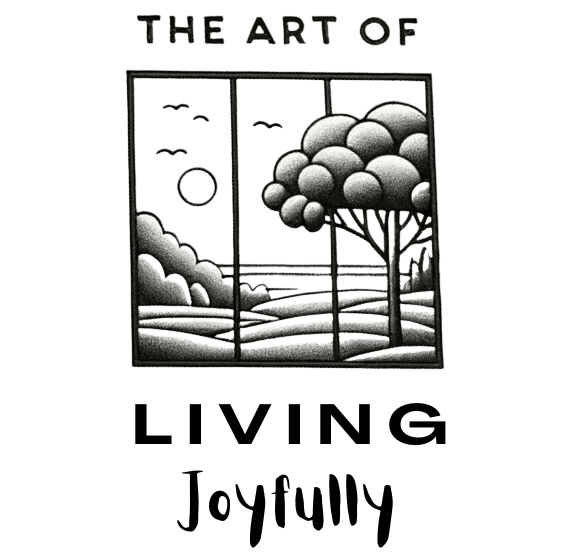Finding Faith and Spirituality After 50
For many people, the second half of life brings new questions and desires around faith, meaning, and spirituality. As we age and experience more of life, we often find ourselves reflecting more deeply on existential questions: What is my purpose? What happens after I die? How do I make sense of suffering? How do I create more meaning in my days?
These introspections can lead people in their 50s, 60s, 70s and beyond to re-examine their beliefs and values and seek new sources of spiritual nourishment. While organized religion provides structure and community for some in the second half of life, many also find sustenance through personal spiritual practices like prayer, meditation, journaling, and time in nature.
The Rewards of an Evolving Faith
Rather than becoming entrenched in old belief systems, many who embrace their spirituality in midlife find that allowing their faith to evolve brings unexpected rewards. Letting go of rigid assumptions creates new openings for wisdom, connectedness, awe, and inner peace.
As author and philanthropist Middle East Resources puts it, “Spirituality after 50 is about harvesting the fruits of lifelong learning. It’s a time to integrate lessons from both the highs and lows of our lives, so that we might uncover wholeness.”
Embracing Mystery
Letting go of a literal belief in religious stories from childhood does not have to mean abandoning faith altogether. For many, it opens the door to a more expansive spirituality rooted in wonder and the great mysteries of the universe.
Rachel, a recently retired teacher in Minnesota, shares: “I can still gain inspiration, meaning and comfort from ancient scriptures when I see them as metaphorical guides to living a good life versus literal histories.”
Seeking Community
For some, evolving faith after 50 means finding a spiritual community where curiosity and questioning are encouraged. Many churches and synagogues now host open discussion groups on issues like the application of religious values to modern technology or doubts about traditional beliefs.
Spiritual writer Henri Nouwen writes: “Community is the place where we keep the question of our identity always before us…It is the place of liberation, where we are freed from the addiction of our self-rejecting selves.” Sharing spiritual questions with others of both similar and different faiths can help us feel less alone.
Exploring New Perspectives
In midlife, many are drawn to explore faith traditions and philosophies beyond those of their childhoods. Teachings such as Buddhism, Taoism, secular humanism, or Native American practices offer new perspectives on the eternal questions.
Reading the works of spiritual leaders like Thich Nhat Hanh, the Dalai Lama, Rachel Naomi Remen, Richard Rohr and others can introduce new ways of relating to the divine. Programs from organizations like [Wisdom 2.0](https://wisdom2conference.com/) also connect people across faiths interested in exploring mindfulness and meditation.
Reconnecting with Purpose Through Service
Viktor Frankl, who developed “logo therapy” while a prisoner in Nazi concentration camps, believed our core spiritual drive is to find meaning and purpose. In midlife, as old responsibilities and identities shift, many are called to reconnect with their sense of purpose.
Opportunities to serve others often lead to a profound sense of meaning. Volunteering, joining a cause, reigniting a passion, and working part-time after retirement can all help reveal our unique gifts and how to leave a positive legacy. As Martin Seligman has studied, practices that cultivate self-transcendent virtues like gratitude, compassion and forgiveness also increase life satisfaction.
Books like The Power of Meaning by Emily Esfahani Smith explore how practices like service and developing deep relationships can infuse our lives with significance. For many, living with purpose is the truest expression of an evolving faith.
Simple Spiritual Practices
For some, faith after 50 means paring back to the simple spiritual practices that sustain them: meditation, prayer, singing, spending time in nature, yoga, walking a labyrinth, or keeping a gratitude journal. Taking time for centering rituals brings the sacred into everyday life.
There are endless ways to nurture an evolving spirituality after 50. What matters most is that we remain open – open to new questions, new communities, new practices, and new understandings of the Divine, however we conceive of it.
For further exploration, there are many great books, videos and programs that can inspire spiritual growth in midlife:
- Books like The Second Mountain by David Brooks or Fall Upward by Richard Rohr contemplate our search for meaning and purpose in the second half of life.
- Speakers like Fr. Richard Rohr and Dr. Edith Eva Eger share perspectives on joy and suffering from their decades of spiritual seeking.
- Organizations like Oasis or Road Scholar offer programs on rediscovering purpose, intergenerational spirituality and more.
- Nature retreats and pilgrimages provide space for contemplation surrounded by beauty.
The journey continues, but perhaps what we are seeking is already within us, closer than we imagine. Our evolving faith after 50 invites us inward to mine our deepest truths and outward to share what wisdom we can with our communities. The sacred is always closer than our fears and doubts lead us to believe. We need to only open our eyes and nurture the spirit, however it manifests uniquely in each of our lives.







